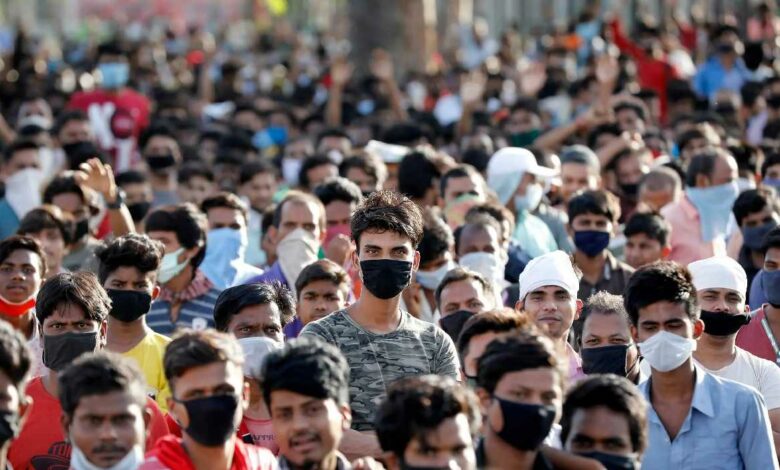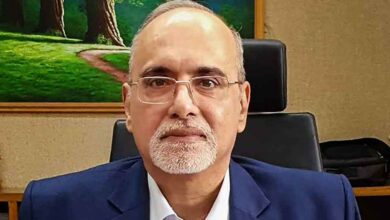
In a recent report released by the International Labour Organization (ILO), concerning figures have emerged, painting a bleak picture of unemployment in India. The report highlights that 83% of the country’s unemployed workforce comprises young individuals.
Data gathered from authoritative sources such as the Periodic Labour Force Survey (PLFS), Employee Provident Fund Organisation (EPFO), Reserve Bank of India (RBI), National Career Services (NCS) portal, and key government schemes have been analyzed to provide insights into the current employment scenario. According to the report, there has been a positive trend in job growth and a decline in the overall unemployment rate in recent years.
The six-year PLFS data signifies a notable upward trajectory in labour participation rate and worker population ratio. From 2017-18 to 2022-23, employment in India surged from 46.8% to 56%, accompanied by a significant increase in labour force participation from 49.8% to 57.9%. Concurrently, the unemployment rate substantially dropped from 6% to 3.2%, indicating a favourable shift in the job market.
One encouraging aspect is the narrowing gap between rural and urban unemployment rates. Unemployment rates in rural areas decreased from 5.3% in 2017-18 to 2.4% in 2022-23, while urban centres declined from 7.7% to 5.4% during the same period.
The report also highlights improvements in gender and youth employment. Female unemployment has significantly reduced from 5.6% in 2017-18 to 2.9% in 2022-23. Moreover, youth unemployment rates have declined considerably from 17.8% to 10% during the analyzed timeframe.
Education seems to play a crucial role in employment opportunities. The PLFS findings indicate a surge in job prospects for educated individuals, with the employment rate for graduates rising from 49.7% in 2017-18 to 55.8% in 2022-23. Similarly, the employment rate for postgraduates and above increased from 67.8% to 70.6%.
The Indian government’s initiatives and policies have impacted job creation and economic empowerment. Pradhan Mantri Mudra Yojana (PMMY) and Atmanirbhar Bharat Rojgar Yojana (ABRY) have disbursed substantial funds. At the same time, flagship programs like Make in India, Start-up India, and Digital India have played pivotal roles in generating employment opportunities.
The National Career Services (NCS) portal has witnessed a surge of 214% in job vacancies in 2023-24 compared to the previous year. With over 25.58 lakh registered employers and approximately one million active job vacancies daily, the platform has become a crucial hub for employment seekers.
Certain sectors, including finance, insurance, construction, manufacturing, transportation, IT, and communications, have experienced significant increases in job vacancies, indicating positive momentum in economic recovery.
While the report sheds light on the challenges of youth unemployment, the positive trends in job growth and declining unemployment rates offer a glimmer of hope. Continued efforts in implementing effective policies, initiatives, and skill development programs are necessary to address this critical issue and create a brighter future for India’s workforce.



